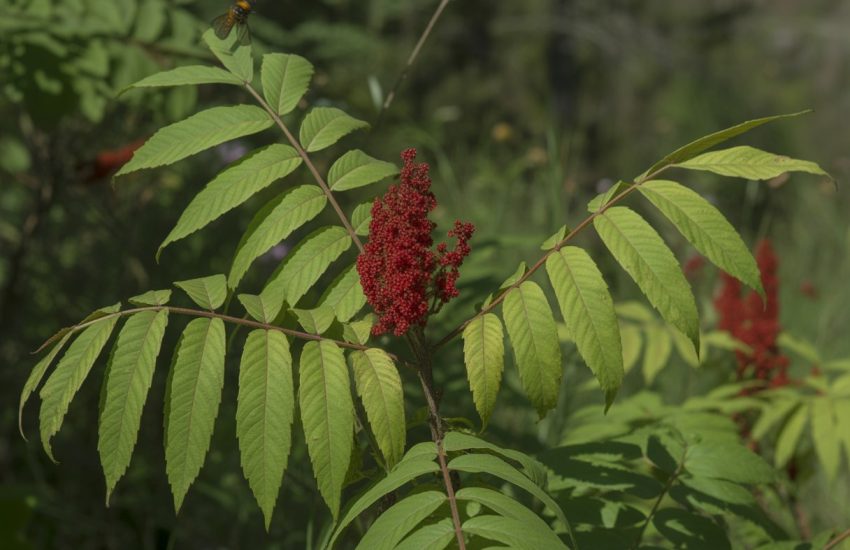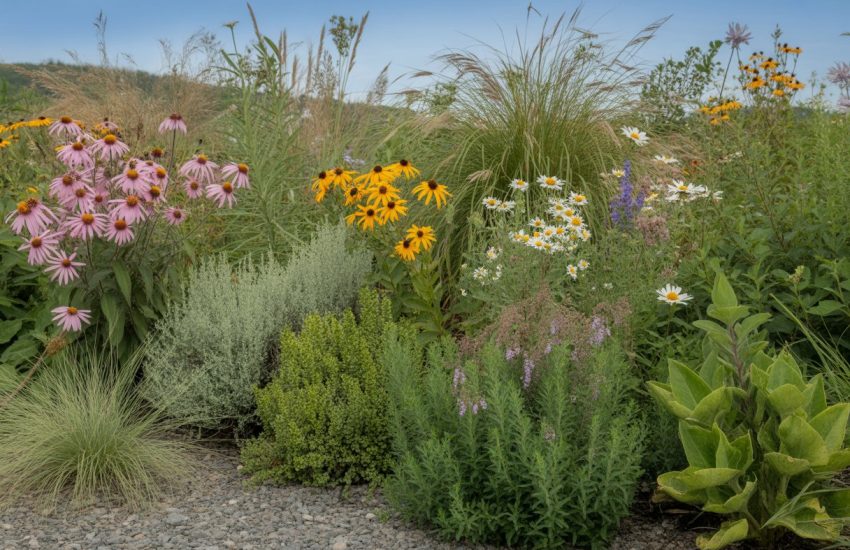What Zone is Rhode Island for Planting: A Guide to Understanding Plant Hardiness Zones
Rhode Island, the smallest state in the United States, is located in the northeastern region of the country. Due to its location, Rhode Island experiences a humid continental climate with warm summers and cold winters. This climate plays an important role in determining the planting zone for the state.

The United States Department of Agriculture (USDA) has divided the country into 13 planting zones based on the average minimum temperatures in each region. These zones range from 1 (coldest) to 13 (warmest) and are used to help gardeners and farmers determine which plants will thrive in their area. So, what planting zone is Rhode Island in? According to the USDA Plant Hardiness Zone Map, Rhode Island is primarily located in Zone 6b, with some areas in Zone 7a. This means that the average minimum temperature in Rhode Island ranges from -5°F to 5°F in Zone 6b and from 0°F to 5°F in Zone 7a.
Knowing the planting zone for Rhode Island is important for gardeners and farmers alike. It can help them choose the right plants for their area and ensure that they thrive in the local climate. In the following article, we will explore the planting zone in more detail and provide some tips for gardening and farming in Rhode Island.
Understanding USDA Plant Hardiness Zones

The Role of USDA Hardiness Zones in Gardening
USDA Plant Hardiness Zones are a useful tool for gardeners to determine which plants are most likely to thrive in their specific climate. The zones are based on the average annual minimum temperature in a given area, and are divided into 11 zones ranging from 1a (coldest) to 13b (warmest).
By using the USDA Hardiness Zone Map, gardeners can select plants that are well-suited to their local climate, ensuring a higher likelihood of success in growing them. This can save both time and money, as gardeners won’t waste resources on plants that are unlikely to survive in their area.
Rhode Island’s Placement in USDA Zones
Rhode Island is located in USDA Hardiness Zones 6b and 7a. This means that the average annual minimum temperature in the state ranges from -5°F to 5°F in Zone 6b, and from 0°F to 5°F in Zone 7a.
Gardeners in Rhode Island can use this information to select plants that are well-suited to the state’s climate. For example, plants that are rated for Zone 8 or higher may not be able to survive the colder temperatures in Rhode Island’s Zones 6b and 7a.
By taking the time to understand USDA Plant Hardiness Zones and their role in gardening, gardeners in Rhode Island can make informed decisions about what to grow in their gardens, leading to a more successful and enjoyable gardening experience.
Rhode Island’s Regional Planting Variations

When it comes to planting in Rhode Island, there are variations to consider based on location and seasonal impacts. Rhode Island is divided into two main regions, Coastal Areas and Inland Regions, each with its own unique growing conditions.
Coastal Areas and Planting Considerations
Coastal areas in Rhode Island have a moderate climate due to the Atlantic Ocean’s influence, which helps regulate temperatures. The growing season in coastal areas is longer than in inland regions, with milder winters and cooler summers. In addition, the ocean’s salt spray can damage some plants, so it’s essential to choose salt-tolerant varieties when planting near the coast.
Some cities in Rhode Island that are located in coastal areas include Newport, Block Island, and Jamestown. If you plan to plant in these areas, consider using plants like beach plum, bayberry, and seaside goldenrod, which are well-suited to the coastal environment.
Inland Regions and Seasonal Impacts
Inland regions in Rhode Island have a colder climate than coastal areas, with shorter growing seasons due to the higher elevation. The winters are harsher, and the summers are warmer, so it’s essential to choose plants that can withstand these seasonal impacts.
Some cities in Rhode Island that are located in inland regions include Providence, Foster, and Greene. If you plan to plant in these areas, consider using plants like white oak, sugar maple, and eastern hemlock, which are well-suited to the inland environment.
Overall, Rhode Island’s regional planting variations require careful consideration of location and seasonal impacts when selecting plants. By choosing the right plants for the right location, you can ensure a successful and thriving garden in Rhode Island.


